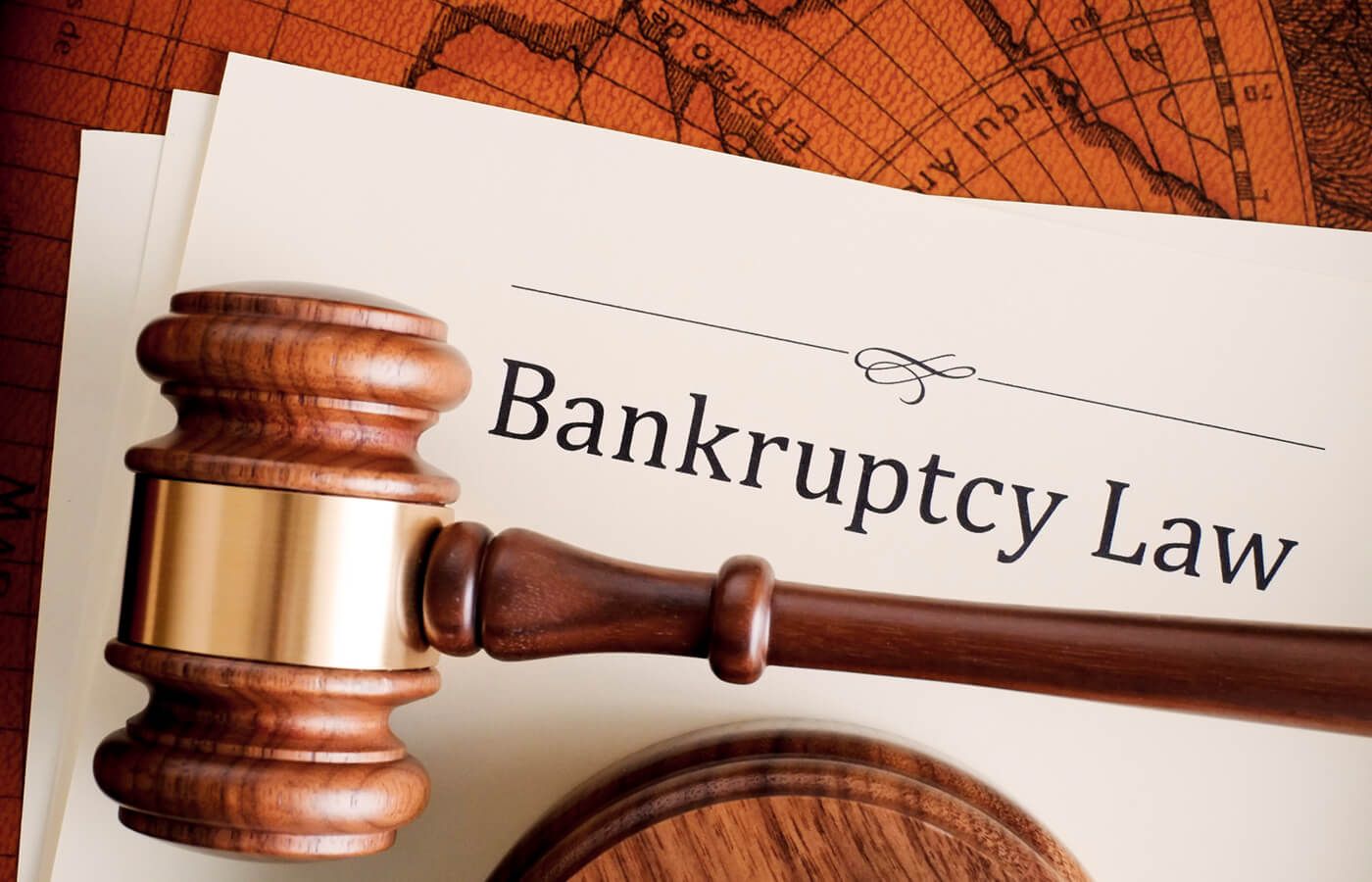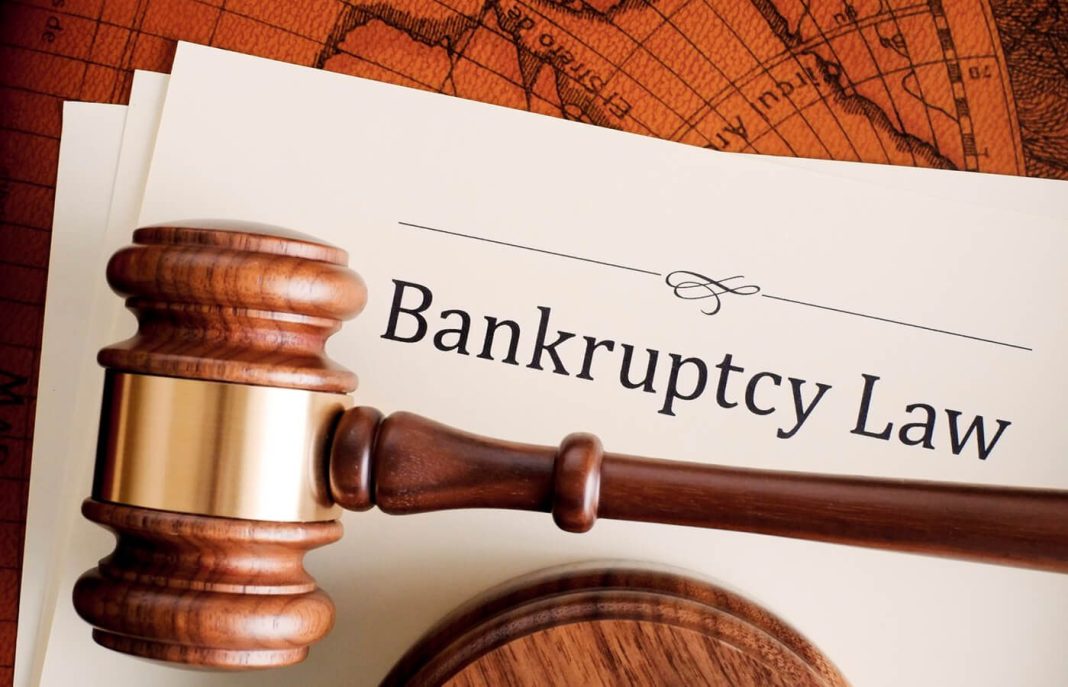
Red Lobster, a popular seafood chain, has received court approval to exit Chapter 11 bankruptcy and will be led by a new CEO, according to a recent announcement by the company. The restaurant chain had filed for bankruptcy protection in May and had previously announced plans to close 23 locations. However, as part of the bankruptcy proceedings, Red Lobster will remain independent and will be acquired by RL Investor Holdings LLC, an entity of Fortress Investment Group LLC and co-investors Blue Torch and TCW Private Credit.
Damola Adamolekun, the new CEO of Red Lobster, expressed excitement about the company’s future, stating, “This is a great day for Red Lobster.” The acquisition is expected to be completed by the end of September, at which point Adamolekun will assume his role as CEO, replacing the current CEO Jonathan Tibus, who will be leaving the company. Tibus, in the announcement, expressed pride in Red Lobster’s achievements during the restructuring process and stated that the company will emerge from Chapter 11 financially and operationally stronger.
Red Lobster, a 56-year-old company, will continue to operate its 544 locations in 44 U.S. states and four Canadian provinces. Adamolekun highlighted the company’s “comprehensive” and long-term investment plan, which includes a $60 million commitment in new funding. This investment aims to reinvigorate the company under new leadership while preserving the best aspects of its history.
The announcement also mentioned that Red Lobster currently employs over 30,000 team members in the United States and Canada. As the world’s largest seafood restaurant company, Red Lobster is headquartered in Orlando, Florida.
The bankruptcy filings in May revealed that the company had already closed nearly 100 locations prior to filing for bankruptcy. These locations were considered non-performing due to rent costs and financial performance, which burdened the rest of the company. Red Lobster cited rising lease and labor costs as well as the financial impact of a promotion, the all-you-can-eat shrimp deal, as contributors to their losses.
According to the bankruptcy petition, Red Lobster estimated its liabilities and assets to be between $1 billion and $10 billion, with over 100,000 creditors. As part of the bankruptcy proceedings, a motion was filed seeking court approval to reject the leases of 23 locations across 15 states. The company stated that the closures were necessary and that operating those stores would have been financially burdensome.
While there is no update on the status of the 23 locations that were slated for closure, Red Lobster has expressed optimism about its future. With the support of new investors and a commitment to long-term investment, the company aims to thrive under its new leadership while preserving its rich history.


